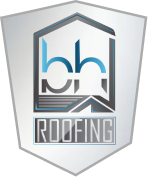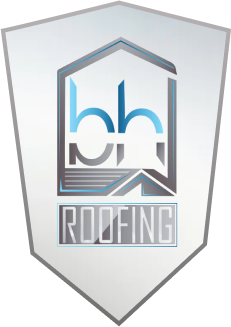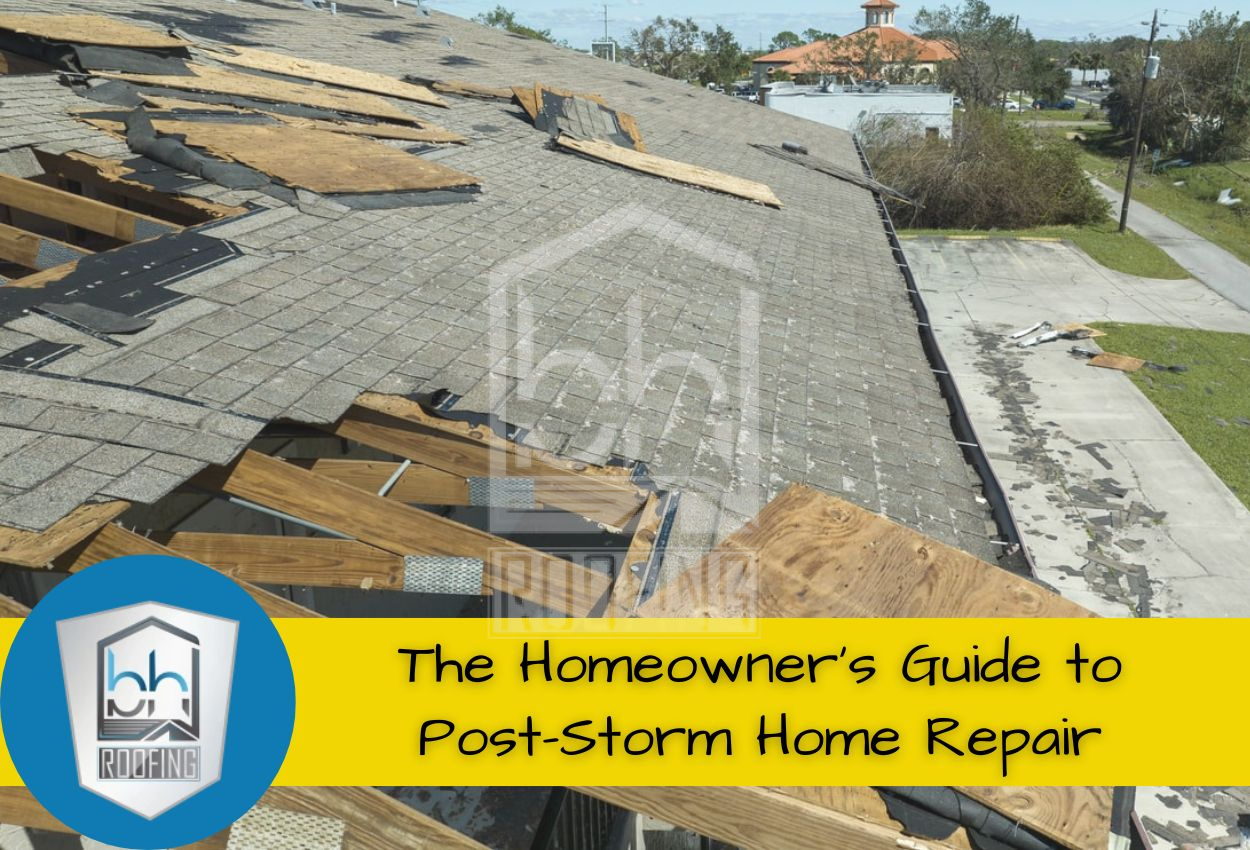When a storm strikes, homeowners often face damages that require immediate attention. Prioritizing home repairs after storm damage is crucial to prevent further deterioration and ensure the safety of the household. Storm aftermath can leave a property vulnerable to various issues, from small leaks to major structural concerns. Knowing how to assess these problems systematically can make the difference between a quick recovery and a prolonged restoration process.
The first step in tackling post-storm repairs is to conduct a thorough inspection of the property. This assessment should focus on identifying the need for emergency roof repairs, water damage restoration, and structural supports. By focusing on these areas, homeowners can effectively lower risks and prevent secondary damages. Additionally, documenting the damage for insurance claims helps make sure all necessary repairs are covered.
A strategic approach to storm cleanup and repair not only safeguards the home but also provides peace of mind during a stressful time. By addressing the most pressing issues first, homeowners can create a solid foundation for comprehensive restoration and protect their investment in the long term.
Safety First: Immediate Steps to Secure Your Property
After a storm, ensuring the safety of your home is the first step. Begin by checking for urgent safety hazards in and around your property. If safe to do so, look for downed power lines, gas leaks, or damaged structures that may be unstable. If you detect any of these hazards, contact the appropriate authorities or utility companies immediately.
Once immediate dangers are addressed, focus on temporary fixes to prevent further damage while awaiting professional repairs. For emergency roof repairs, use tarps to cover damaged areas and prevent water infiltration. In cases of broken windows, board them up to keep out wind, rain, and intruders. For water damage restoration, remove standing water and start the drying process to minimize mold growth.
During your storm cleanup inspection, pay close attention to signs of structural damage. Look for cracks in walls, shifted foundations, or sagging rooflines that may indicate compromised structural integrity. If you notice any of these issues, it’s crucial to have a professional assessment before re-entering or occupying those areas of your home.
Remember, while DIY temporary fixes are important, complex repairs, especially those involving your roof or structure, require the expertise of licensed professionals. In San Antonio, trusted roofing contractors can provide thorough inspections and necessary repairs to ensure your home’s long-term safety and integrity.
Roof Inspection and Repair: The Next Step
When assessing storm damage, it’s important to prioritize roof repair. The roof is your home’s first line of defense against the elements, and its integrity directly impacts the safety and livability of your entire house. Immediate attention to roof damage can prevent secondary issues such as water infiltration, structural weakening, and mold growth.
To effectively spot and prioritize roof damage, start with a visual inspection from the ground. Look for missing or loose shingles, damaged flashing, and debris on the roof. Use binoculars to check around the edges of skylights, vents, and chimneys, as these are common leak points. Inside your home, check for water stains on ceilings and walls, which may indicate hidden roof leaks.
Prioritize repairs based on the severity of damage. Address holes, extensive shingle loss, and visible structural issues immediately. These problems require prompt professional attention to prevent water from compromising your home’s interior. Less urgent issues, such as a few missing shingles or minor gutter damage, can be temporarily patched until a full repair is possible.
For San Antonio homeowners, it’s a good idea to call a local roofing expert for a comprehensive assessment and repairs. Professional roofers can identify hidden damage and ensure that repairs meet local building codes and standards.
How to Address Moisture and Flooding Concerns
After a storm, water damage can be one of the most pressing issues homeowners face. Spotting and mitigating water damage quickly is crucial to prevent long-term problems such as mold growth, structural weakening, and compromised indoor air quality. Begin by locating the source of water intrusion and stopping it if possible. Check for leaks in the roof, windows, and doors, and look for standing water in basements or crawl spaces.
Once you’ve identified water-affected areas, the next step is water extraction and drying. Use pumps or wet vacuums to remove standing water, and dehumidifiers and fans to accelerate the drying process. Remove wet carpets, padding, and any water-damaged items that can be safely moved. It’s important to act swiftly, as mold can begin to grow within 48 hours of water exposure.
For extensive water damage, professional restoration services may be necessary. In San Antonio, experienced contractors can provide specialized equipment and expertise to ensure thorough water removal and structural drying. They can also assess hidden moisture in walls and floors, preventing future issues and safeguarding your home’s integrity.
Maintaining Structural Integrity: Evaluate and Reinforce Your Home’s Framework
After a severe storm, assessing your home’s structural integrity is crucial for long-term safety and stability. Storm damage can compromise load-bearing elements and foundational components, potentially leading to serious issues if left unaddressed. Begin by carefully inspecting your home for signs of structural damage, such as cracks in walls or foundations, doors that no longer close properly, or visible shifts in the roofline.
If you notice any concerning signs, it’s essential to call a structural engineer or a qualified inspector. These professionals can provide a thorough evaluation of your home’s framework and note areas that require immediate attention. They will assess critical components like support beams, foundation walls, and roof trusses to determine if repairs or reinforcement are necessary.
When prioritizing structural repairs, focus on issues that affect the home’s overall stability first. This may include reinforcing compromised load-bearing walls, repairing foundation cracks, or stabilizing shifted support columns. In San Antonio, where soil conditions can vary, foundation problems are especially important to address to prevent further damage to the home’s structure.
Remember, structural repairs generally require specialized industry knowledge and equipment. Working with experienced contractors ensures repairs meet local building codes and provide lasting protection for your home.
Windows and Doors: Securing Your Home
After a storm, damaged windows and doors can compromise your home’s security and energy efficiency. Repairing these openings quickly is necessary to maintain your home’s integrity and safety. Begin by carefully inspecting each window and door for signs of damage, such as cracked glass, warped frames, or compromised seals. Pay special attention to the surrounding structures, checking for water infiltration or structural shifts that may affect their functionality.
For immediate protection, implement temporary solutions like boarding up broken windows or securing damaged doors. Use plywood or sturdy plastic sheeting to cover compromised areas, preventing further water intrusion and deterring potential intruders. These temporary fixes can buy time while you arrange for professional repairs or replacements.
Long-term repair options may include replacing damaged glass, repairing or replacing frames, and addressing any structural issues around the openings. In San Antonio, where severe weather can be a concern, consider upgrading to impact-resistant windows and reinforced doors for enhanced protection against future storms. Professional installation ensures proper fit and sealing, maximizing energy efficiency and security.
By prioritizing repairs to windows and doors, you not only secure your home but also prevent secondary issues like water damage and energy loss. This approach is essential for your home’s overall protection and storm damage recovery.
Final Steps: Insurance and Contractor Selection
Dealing with insurance claims and selecting contractors are two necessary steps in the storm damage repair process. When documenting damage for your insurance claim, be thorough and detailed. Take clear photos and videos of all affected areas, including close-ups of specific damages. Make a comprehensive list of damaged items and structures, noting their condition before and after the storm. This documentation will be helpful when filing your claim, so you receive fair compensation for repairs.
When choosing contractors for repairs, look for trustworthy, licensed professionals with experience in storm damage restoration. In San Antonio, look for roofing contractors who are familiar with local building codes and weather patterns. Request multiple quotes and compare them carefully, considering both price and scope of work. Don’t choose extremely low bids, as they may indicate poor quality materials or workmanship.
Prioritize repairs based on urgency and your budget. Focus first on structural issues and repairs that prevent further damage, such as roof repairs and water extraction. Then address cosmetic repairs and less critical issues. Work closely with your chosen contractors to develop a repair plan that aligns with your insurance coverage and financial situation. By carefully navigating the insurance process and selecting qualified contractors, you can ensure efficient and effective restoration of your home after storm damage.
Secure Your Home with BH Roofing After Storm Damage
If you’ve recently experienced storm damage, don’t wait to schedule critical repairs that can prevent further damage and ensure your family’s safety. At BH Roofing, we specialize in emergency roof repairs, helping you to quickly secure and restore your home’s primary defense against the elements. Prioritizing roof repair is essential, as unresolved issues can lead to extensive water damage and a compromised home.
Don’t let damage linger and risk more extensive repairs. Call BH Roofing at (210) 267-9029 to schedule an immediate inspection and consultation. Our expert team is ready to provide fast, reliable service and guide you through every step of the repair process. Act now to protect and restore your home with BH Roofing.


